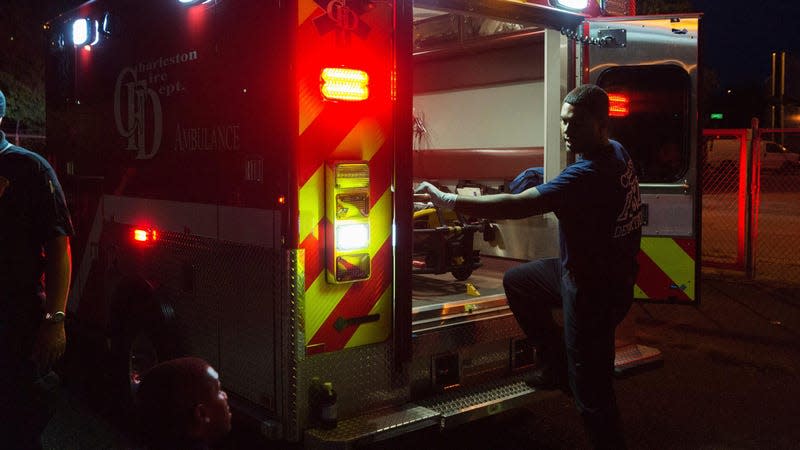Drug Overdose Deaths in America Have Finally Stopped Climbing

For the first time in a long while, America’s drug overdose crisis has not gotten worse. New preliminary data from the Centers for Disease Control and Prevention shows that total overdose deaths took a slight dip in 2023, including deaths tied to fentanyl and other synthetic opioids. Deaths tied to certain other drugs did increase and some parts of the country still saw a rise in fatalities, however.
According to the CDC, there were an estimated 107,543 overdose deaths in 2023, down about 3 percent from the 111,029 deaths the prior year. Opioid-related deaths specifically shrunk by 3.7 percent, while cocaine-related deaths increased by 5 percent and meth-related deaths increased by 2 percent. It’s the first time in five years that reported overdose deaths in America have declined.
Last year saw the arrival of over-the-counter naloxone, a treatment that can reliably reverse the symptoms of a potentially fatal overdose, while re-occurring shortages of injectable naloxone had cleared up by then as well. A study published this week also found that law enforcement seizures of illicitly sold fentanyl pills have dramatically increased since 2017, with more than 115 million pills confiscated in 2023. But it’s not known exactly how impactful any of these factors might have been in reducing overdose deaths as a whole.
Encouraging as the latest data is, the numbers are still far above historical trends. The death toll in 2023 was more than double the tally in 2014, for instance, which saw 47,055 deaths. The slight decline also follows a dramatic surge in deaths that first started in 2020.
“Although the number of overdose deaths did not dramatically increase nationally, losing over 100,000 people to overdose for three years in a row is absolutely unacceptable and cannot be the new normal,” Sheila Vakharia, deputy director of research and academic engagement at the Drug Policy Alliance, told Gizmodo in an email.
The toll of the overdose crisis hasn’t affected all Americans equally either, Vakharia says. She notes that while national overdose deaths leveled off in 2018, the mortality rate among Native, Black, and Hispanic Americans did not. So it’s certainly possible that the same trend could have happened last year.
Experts like Vakharia say that much more has to be done to substantially address the overdose crisis, particularly for the communities most impacted by these deaths. In addition to the expansion of naloxone availability, for instance, harm reduction advocates have pushed for greater access to methadone and buprenorphine, FDA-approved medications for the treatment of opioid use disorders. At the same time, there are no such approved medications specifically meant to treat methamphetamine and cocaine use disorders, though some drugs have shown promise.
Some interventions promoted by advocates, such as safe consumption sites, have yet to be widely implemented. The early data from the first government-sanctioned sites, which opened in NYC in 2021, has been encouraging. It suggests that these programs can prevent fatal overdoses without causing a nearby rise in crime or public disorder. People who use drugs can also benefit from wider access to fentanyl or xylazine test strips in general, which can rule out contamination of their supply.
“It is not time to slow down our efforts or to claim any sort of victory because there is still so much that we must do and scale up to save lives.” Vakharia said. “Every life lost is one too many—it is someone’s child, loved one, friend, or family member. Drug overdose deaths are preventable.”

